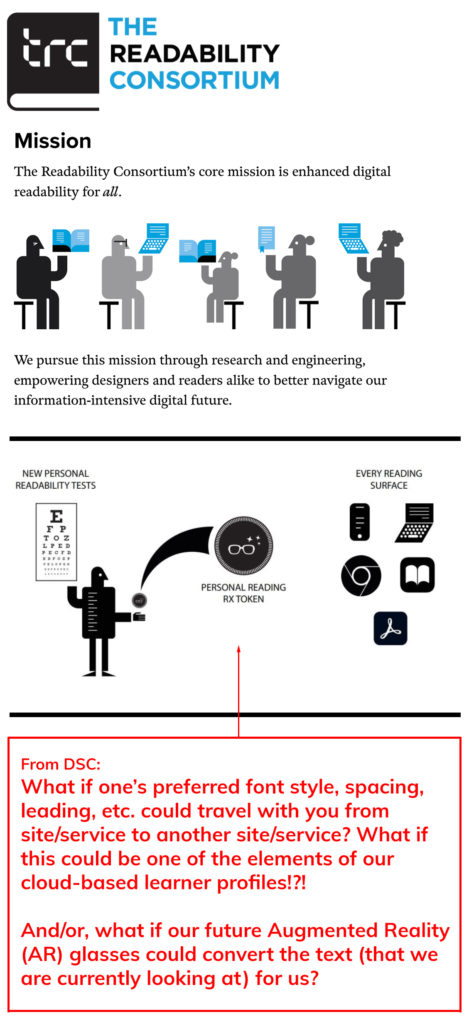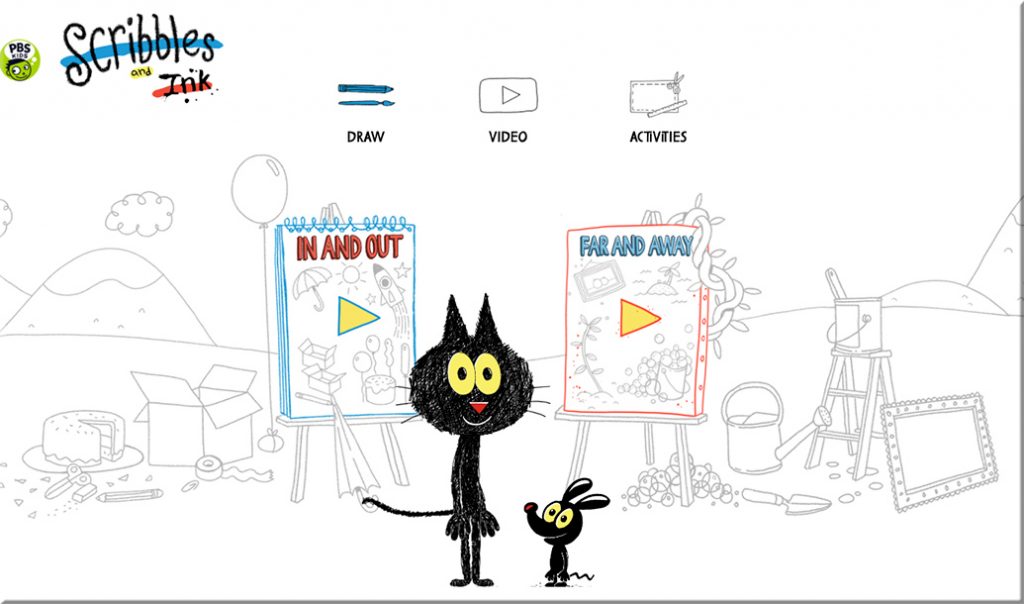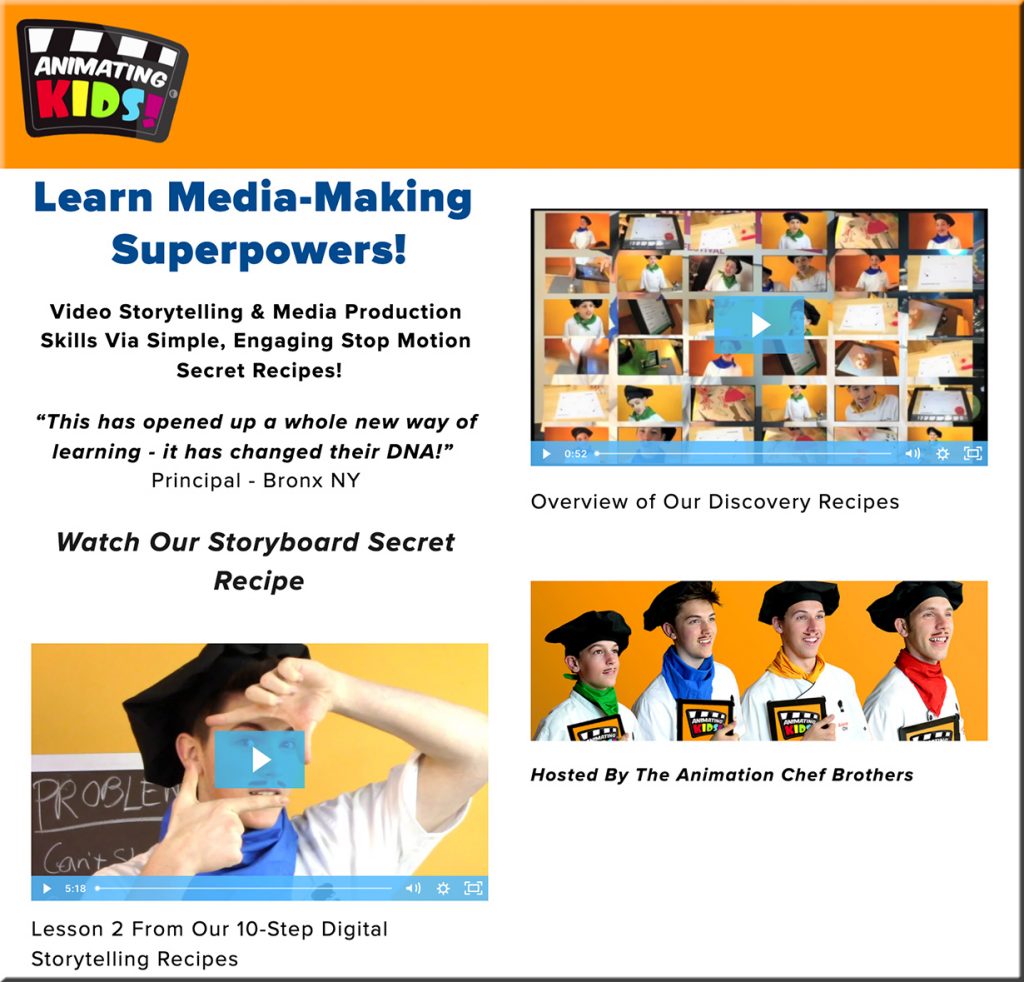Scientists Resurrect Extinct Animals Using AR Technology — from vrscout.com by Kyle Melnick
MUHC uses artificial intelligence to train neurosurgery students — from montreal.ctvnews.ca by Rob Lurie
Excerpt:
“I think above all it just provides an opportunity for junior learners to get some hands-on exposure,” said medical student Ali Fazlollahi.
…
“Basically, it was inspired by the idea of how do we prevent error in the operating room,” said Neurosurgeon Dr. Rolando De Maestro. Maestro says virtual reality has been a game-changer when it comes to teaching.
From DSC:
After checking out the following two links, I created the graphic below:
- Readability initiative > Better reading for all. — from Adobe.com
We’re working with educators, nonprofits, and technologists to help people of all ages and abilities read better by personalizing the reading experience on digital devices. - The Readability Consortium > About page
Also related/see:
- Microsoft Education Unveils Expanded Literacy, Accessibility Tools for Students and Teachers — from thejournal.com by Kristal Kuykendall
- Announcing an expanded literacy portfolio to reach every learner — from educationblog.microsoft.com by Paige Johnson
- What Kids Are Reading — from renaissance.com
A whole new world: Education meets the metaverse — from brookings.edu by Kathy Hirsh-Pasek, Jennifer M. Zosh, Helen Shwe Hadani, Roberta Michnick Golinkoff, Kevin Clark, Chip Donohue, and Ellen Wartella
Excerpt:
The metaverse is upon us. Soon it will be as omnipresent as TikTok, Instagram, and Facebook (now Meta). As technology advances to bring us new immersive and imaginary worlds, how we educate children and prepare teachers must also advance to meet these new opportunities. When education lags the digital leaps, the technology rather than educators defines what counts as educational opportunity. This is largely what happened with the introduction of “educational” apps designed to be used on smartphones and tablets meant for adults. Today, as the metaverse infrastructure is still under construction, researchers, educators, policymakers, and digital designers have a chance to lead the way rather than get caught in the undertow. To leverage the potential of the metaverse as a 3D, global, interconnected, immersive, and real-time online space, we need new ways to connect the physical world with augmented and virtual reality (VR) experiences.
In the end, we challenge those creating educational products for the metaverse to partner with educators and scientists to ensure that children experience real human social interaction as they navigate virtual spaces, children’s agency is supported as they explore these spaces, and there is a real eye to diversity in the representation and access to what is created.
Also relevant/see:
The metaverse can provide a whole new opportunity for education. Here’s what to consider — from fastcompany.com by Stephen Fromkin
The cofounder of Talespin looks at an existing immersive learning program that delivers results and says our next priority should be getting it into the hands of as many learners as possible through the metaverse.
Holograms? Check! Now what? — from blog.webex.com by Elizabeth Bieniek
Excerpt (emphasis DSC):
Two years ago, I wrote about the Future of Meetings in 2030 and hinted at an effort my team was building to make this a reality. Now, we have publicly unveiled Webex Hologram and brought the reality of a real-time, end-to-end holographic meeting solution to life.
With Webex Hologram, you can feel co-located with a colleague who is thousands of miles away. You can share real objects in incredible multi-dimensional detail and collaborate on 3D content to show perspective, share, and approve design changes in real-time, all from the comfort of your home workspace.
As the hype dies down, the focus on entirely virtual experiences in fanciful environments will abate and a resurgence in focus on augmented experiences—interjecting virtual content into the physical world around you for an enhanced experience that blends the best of physical and virtual—will emerge.
The ability to have curated information at one’s fingertips, still holds an incredible value prop that has yet to be realized. Applying AI to predict, find, and present this type of augmented information in both 2D and 3D formats will become incredibly useful.
From DSC:
As I think of some of the categories that this posting about establishing a new kind of co-presence relates to, there are many relevant ones:
- 21st century
- 24x7x365
- 3D
- Audio/Visual (A/V)
- Artificial Intelligence (AI)
- Cloud-based
- Collaboration/web-based collaboration
- Intelligent tutoring
- Law schools, legal, government
- Learning, learning agents, learning ecosystems, Learning from the Living [Class] Room, learning spaces/hubs/pods
- Libraries/librarians
- K-12, higher education, corporate training
- Metaverse
- Online learning
- Telelegal, telemedicine
- Videoconferencing
- Virtual courts, virtual tutoring, virtual field trips
- Web3
Exploring Virtual Reality [VR] learning experiences in the classroom — from blog.neolms.com by Rachelle Dene Poth
Excerpt:
With the start of a new year, it is always a great time to explore new ideas or try some new methods that may be a bit different from what we have traditionally done. I always think it is a great opportunity to stretch ourselves professionally, especially after a break or during the spring months.
Finding ways to boost student engagement is important, and what I have found is that by using tools like Augmented Reality (AR) and Virtual Reality (VR), we can immerse students in unique and personalized learning experiences. The use of augmented and virtual reality has increased in K-12 and Higher Ed, especially during the past two years, as educators have sought new ways to facilitate learning and give students the chance to connect more with the content. The use of these technologies is increasing in the workplace, as well.
With all of these technologies, we now have endless opportunities to take learning beyond what has been a confined classroom “space” and access the entire world with the right devices.
From DSC:
Here’s a brief example of what teaching & learning could like in the metaverse. I realize this is just one example, and there will likely be a variety of options and formats…but it’s an interesting thought experiment.
The Metaverse in the works! pic.twitter.com/vmHL5oXOVP
— DekmarTrades via TradeCaster (@DekmarTrades) January 17, 2022
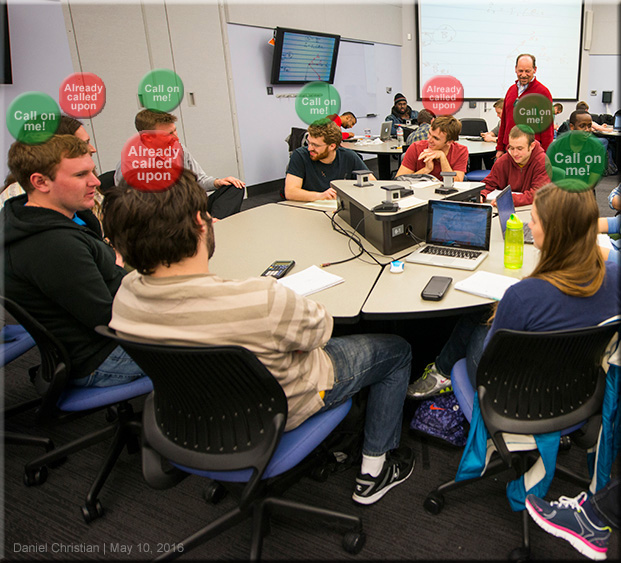
From DSC:
I created this image back in May of 2016.
DC: Yup.
“Navigate the lifelong learner journey with Pocket.
A portable, secure and verified digital wallet for learning, work and life.”https://t.co/ncqa6e6aF4#digitalcredentials #lifelonglearning #credentials #skills #learningfromthelivingclassroom— Daniel Christian (he/him/his) (@dchristian5) January 10, 2022
Resource via @ernperez
at this article/page.
From DSC:

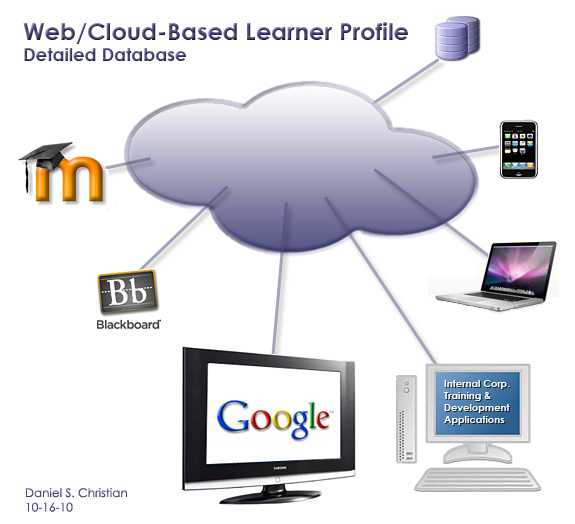
Interesting angle: Why AR, not VR, will be the heart of the metaverse https://t.co/M6U1Ip6lzQ
— Ori Inbar (@comogard) December 29, 2021
Also see:
- Opinion: Web 3 and the Metaverse Are Not the Same — from coindesk.com by Annie Zhang
Web 3 ideas like NFTs are only part of building the next generation of the internet, argues the host of the “Hello Metaverse” podcast. - Gaby’s Web3 Reading List — from Gaby Goldberg
Crypto moves really quickly, and it can be hard to keep up. I’m using this list to save the interesting articles I read about web3. I also have a Web3 Podcast List, which you can find here: Gaby’s Web3 Podcast List If you find something great that I missed, please tweet me: @gaby_goldberg
Top 22 Technology Trends 2022 — from unfoldlabs.com; with thanks to Pedro Ramon Lopez Garcia for his posting out on LinkedIn
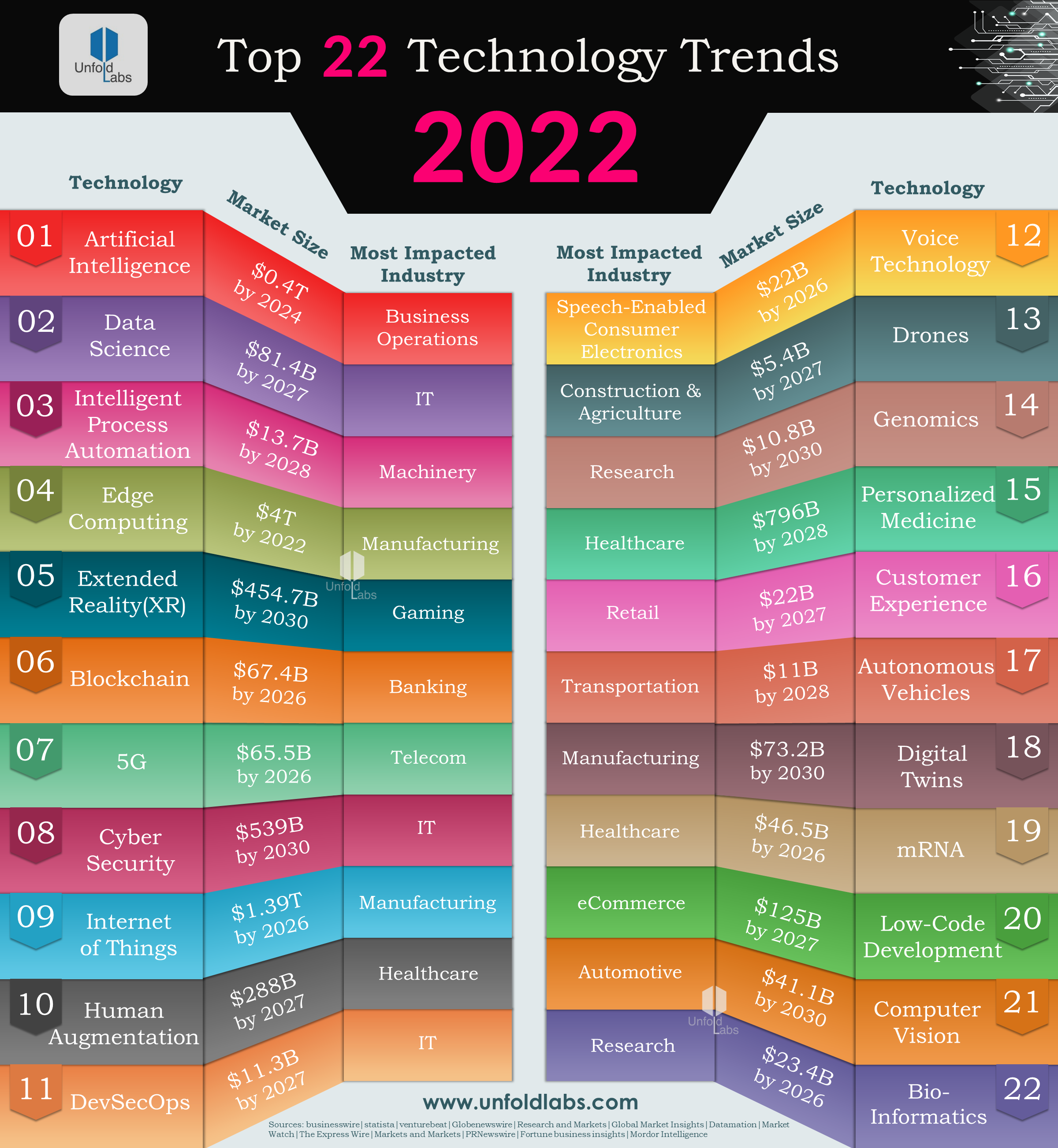
Also see:
- 10 AI Predictions For 2022 — from forbes.com by Rob Toews
AnimatingKids.com — with thanks to Mrs. Julie Bender (an excellent art teacher within the K-12 space) for this resource
Free examples:
- 4 New Animation Kits Below
PDFs with How-to videos, secret animation recipes, and printable coloring sheets.
AWS Expands Access to Free Cloud Skills Training on its Mission to Educate 29 Million People by 2025 — from businesswire.com; with thanks to Ryan Craig for the resource
New AWS digital learning experience, technical courses on Amazon.com, expanded access to AWS re/Start, and Amazon’s first dedicated in-person cloud learning center will put cloud skills training into the hands of millions of people
New AWS Global Digital Skills Study finds the need for digital skills training is greater than ever, with 85% of workers feeling they need more technical knowledge than they did pre-pandemic
Excerpt:
SEATTLE–(BUSINESS WIRE)–[On 11/28/21], Amazon Web Services, Inc. (AWS), an Amazon.com, Inc. company (NASDAQ: AMZN), announced four initiatives to empower learners and make it even easier for anyone with a desire to learn to access free cloud computing skills training and unlock new career possibilities in the cloud. The initiatives announced today include the launch of AWS Skill Builder—a new digital learning experience, the addition of AWS courses to the Amazon.com website, the expansion of the AWS re/Start global reskilling program, and the opening of the AWS Skills Center—Amazon’s first dedicated, in-person cloud learning space.
From DSC:
As I looked at the article below, I couldn’t help but wonder…what is the role of the American Bar Association (ABA) in this type situation? How can the ABA help the United States deal with the impact/place of emerging technologies?
Clearview AI will get a US patent for its facial recognition tech — from engadget.com by J. Fingas
Critics are worried the company is patenting invasive tech.
Excerpt:
Clearview AI is about to get formal acknowledgment for its controversial facial recognition technology. Politico reports Clearview has received a US Patent and Trademark Office “notice of allowance” indicating officials will approve a filing for its system, which scans faces across public internet data to find people from government lists and security camera footage. The company just has to pay administrative fees to secure the patent.
In a Politico interview, Clearview founder Hoan Ton-That claimed this was the first facial recognition patent involving “large-scale internet data.” The firm sells its tool to government clients (including law enforcement) hoping to accelerate searches.
As you might imagine, there’s a concern the USPTO is effectively blessing Clearview’s technology and giving the company a chance to grow despite widespread objections to its technology’s very existence.
Privacy, news, facial recognition, USPTO, internet, patent,
Clearview AI, surveillance, tomorrow, AI, artificial intelligence









